The DZ Flash is the most recognisable distinguishing feature on clothing and uniforms for the identification of different Airborne Units.
They were initially introduced in order to meet the requirement for rapid indentification to quickly rally and co-ordinate Airborne Forces on Drop Zones and at RV points. The standard Denison Smock initially carried no identifying marks on its camouflage pattern leading to the development of painted and/or stitched symbols on the back of over smocks in 1944.
These were of various colours and shapes which have not been formally recorded but have been remembered by veterans as:
7th Battalion: Green triangle with white border
8th Battalion: Yellow disc
9th Battalion: Skull and crossbones
3rd Para Brigade: Celanese air recognition triangle of yellow attached to their smocks
These proved impractical being approximately 50cm in height. Later these markings became smaller and were transferred to the arm, with some records stating that 2” x 2” squares were worn on the right sleeve by 12th Battalion for Op Varsity. These rapidly became known as Drop Zone or “DZ” flashes and were in widespread use by the early 1950s.
They could be manufactured from materials such as cotton or felt with both woven and printed designs and be presented in either a square or diamond design.
The DZ flash should not be confused with the smaller Tactical Recognition Flash (TRF) introduced and used by the rest of the Army.
Find out more: For more information on Airborne insignia click here.

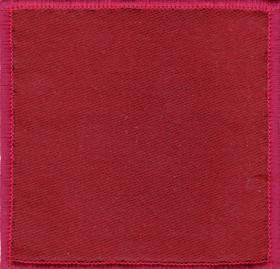
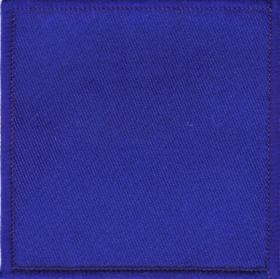
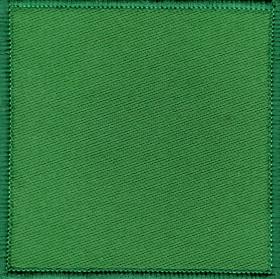
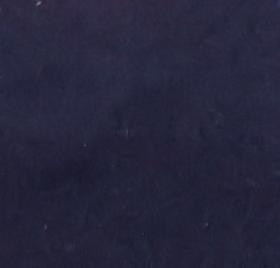
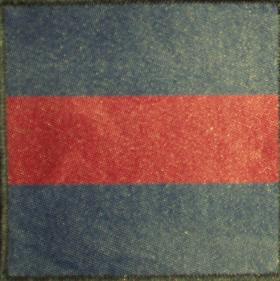
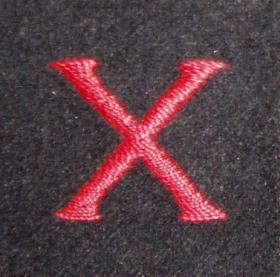
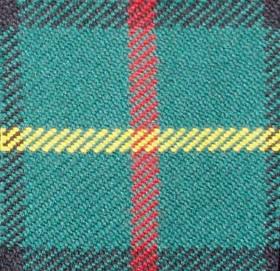

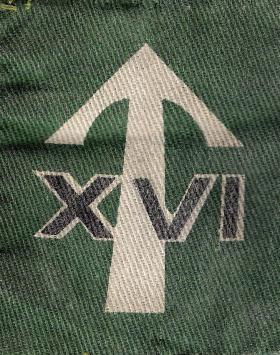

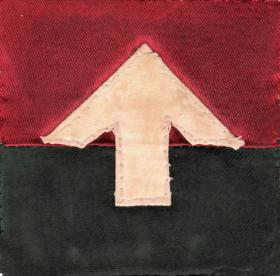
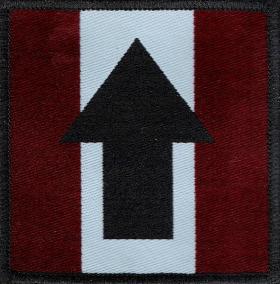

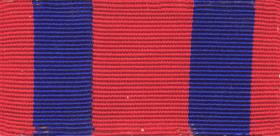
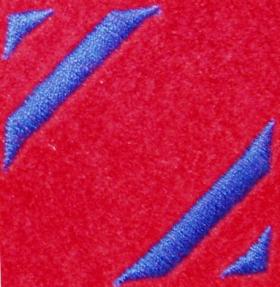
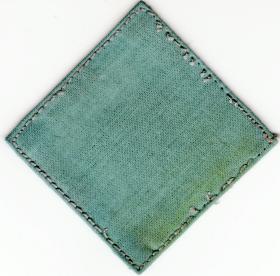
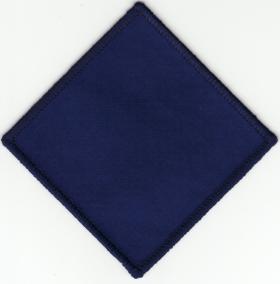
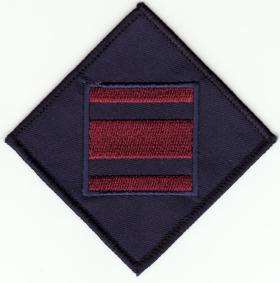
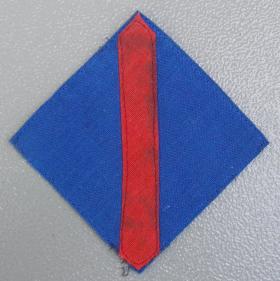

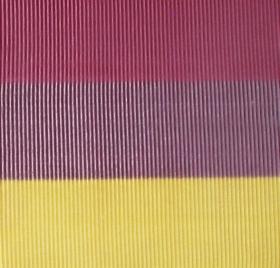
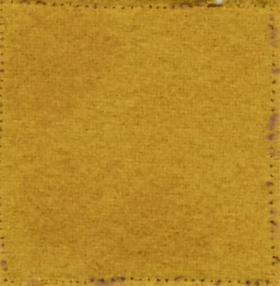
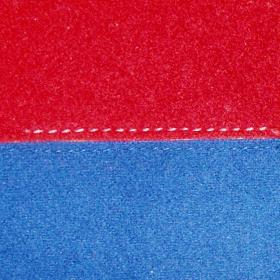
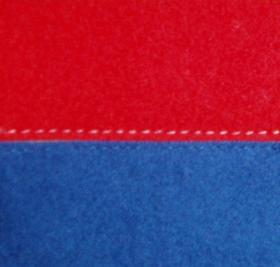

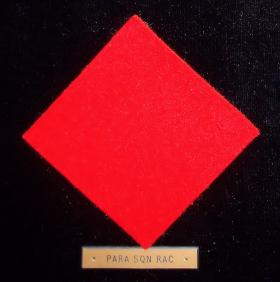
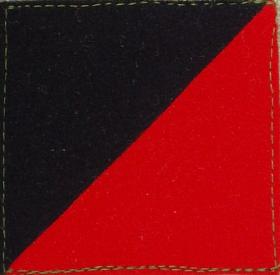
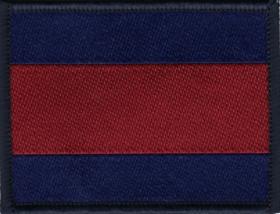
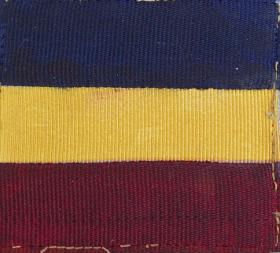

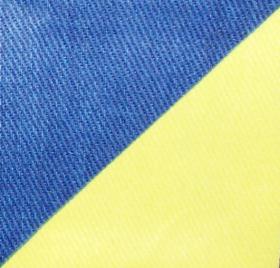
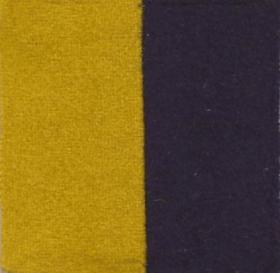
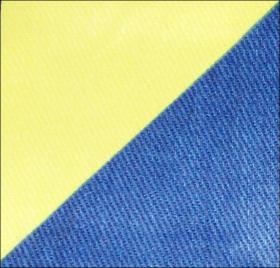
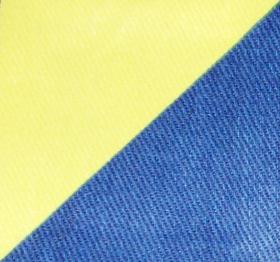
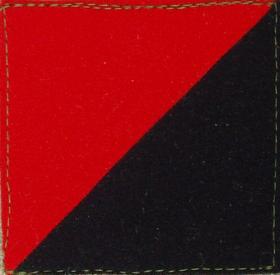
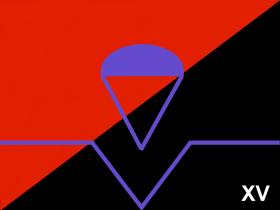
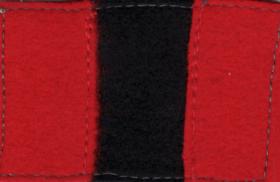
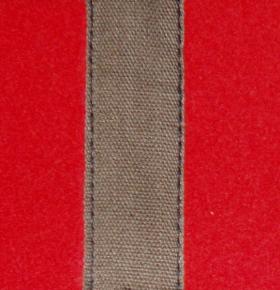
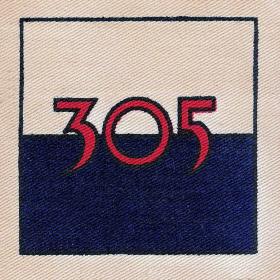
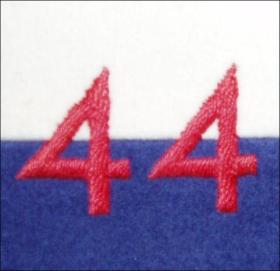
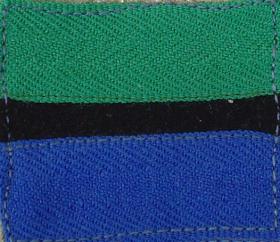
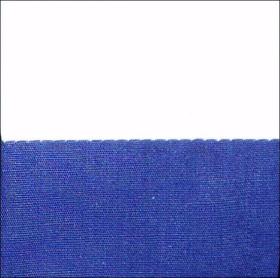
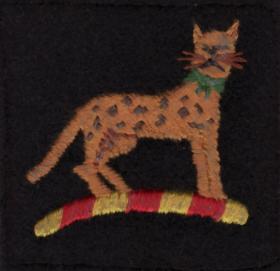
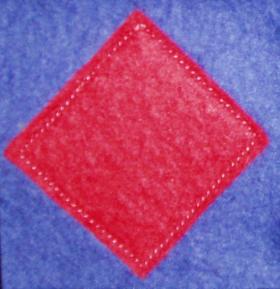
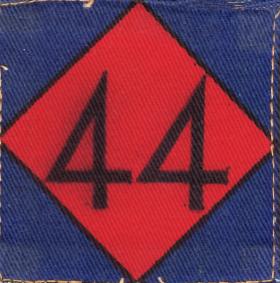
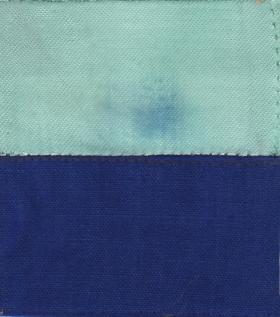
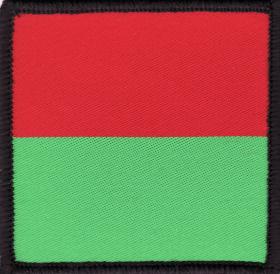
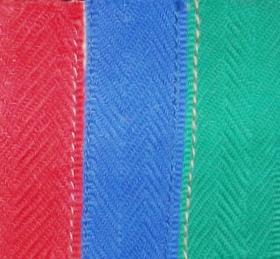

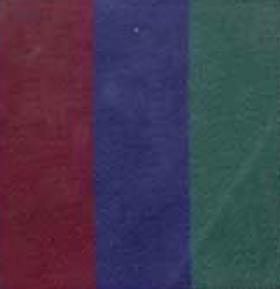
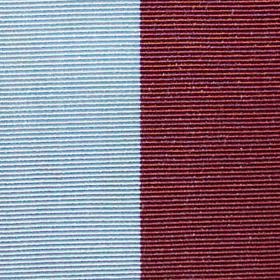
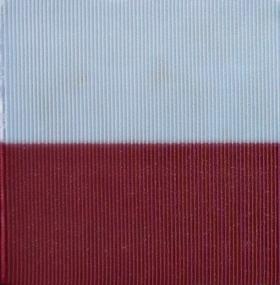
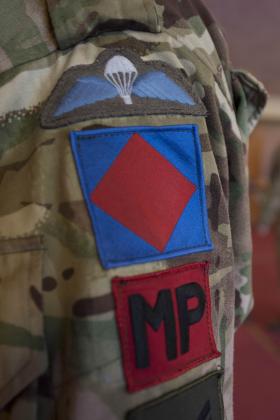
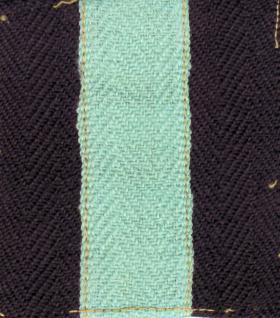
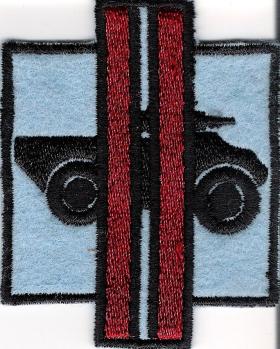
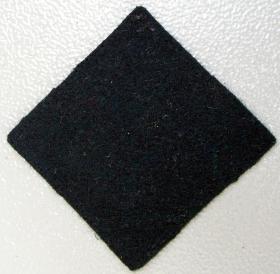
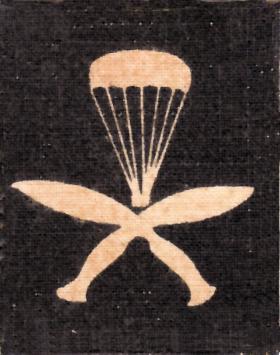
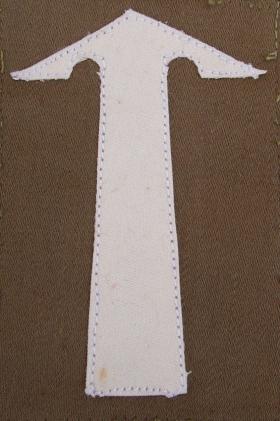
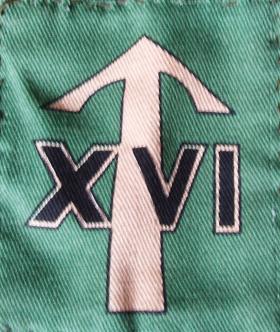
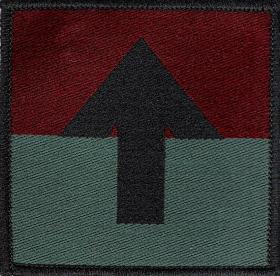
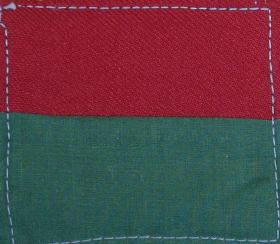
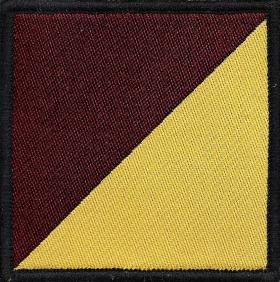
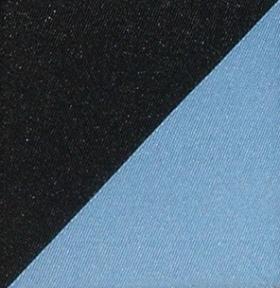
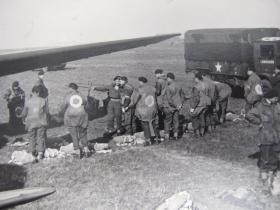




Latest Comments
There are currently no comments for this content.
Add Comment
In order to add comments you must be registered with ParaData.
If you are currently a ParaData member please login.
If you are not currently a ParaData member but wish to get involved please register.